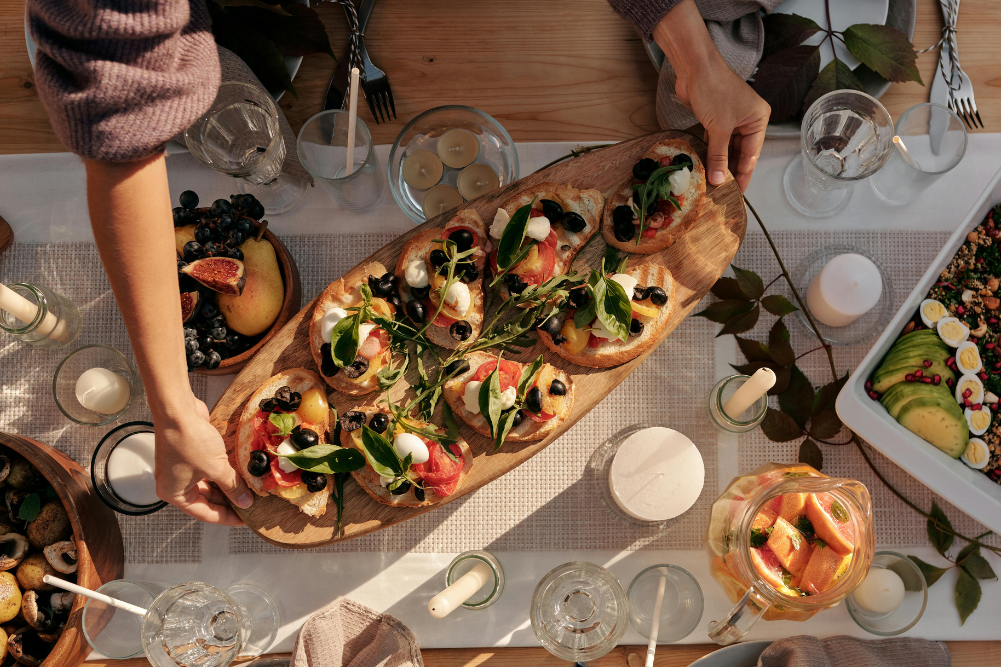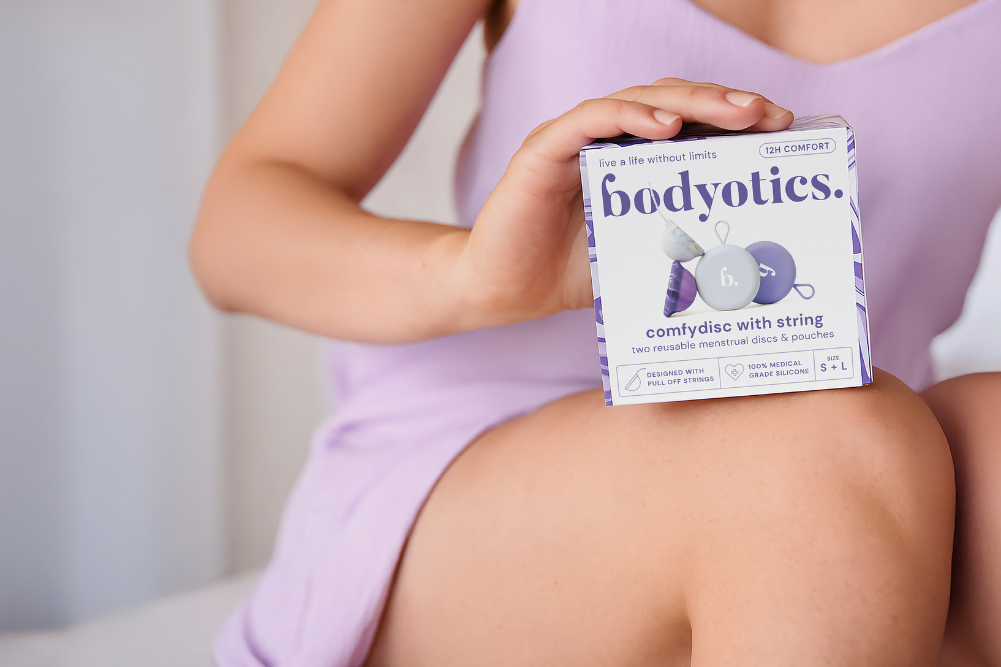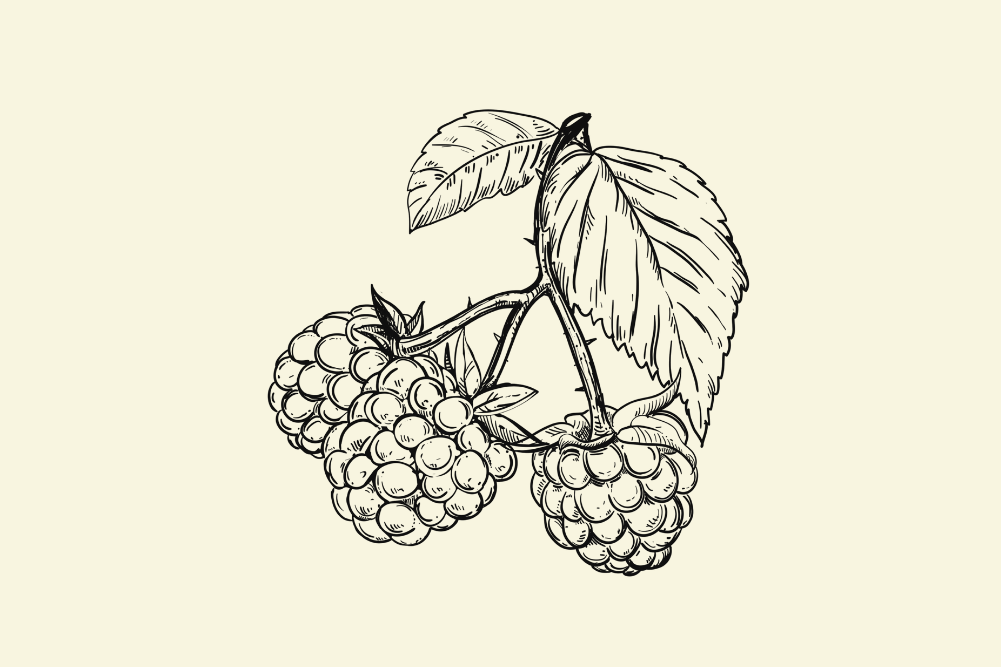Your guide to healthy veins
Veins make up a complicated network throughout your body. They connect with capillaries to move blood towards the heart. In most cases, this blood is the type that has already delivered oxygen to organs and tissue. Your body pumps this deoxygenated blood back to your heart to be moved to your lungs for reoxygenation. In comparison, arteries largely contain oxygen-rich blood, which they deliver to your body.
Veins also differ from arteries in their size and strength. They don’t sustain such high pressure so are thinner and finer and contain valves to assist with blood flow. Much of the blood being returned from your extremities, such as your hands, feet or legs, is working against gravity. This system of valves within the veins stops the blood from flowing back the wrong way. Interestingly, it’s often thought that venous blood is actually blue; in fact, it is the layers of skin and fat as well as skin tone that can make it look that way in some people. Venous blood is actually a dark red or maroon colour.
You might be wondering why this removal of deoxygenated blood is so important. Your veins remove not only the deoxygenated blood for replenishment but other cellular waste and carbon dioxide, too, thus keeping just the right balance of blood gases in your body. Through their role as a blood transporter, you are able to receive not only oxygen but nutrients that your body requires to feel, look and perform its very best.
Scientists through the ages have been fascinated by our body’s system of blood flow. We now have a sophisticated understanding of how the circulatory system, and veins in particular, functions. This was certainly not always the case. Until the 1500s, veins and arteries were thought to be quite separate systems. In fact, it was believed that veins moved nutrients around the body and arteries transported a person’s spirit.
What can go wrong?
Now you understand how important your network of veins, but as with any part of your body, things can go wrong. The main issue for your veins comes about when the system of valves within them fails to any degree. As mentioned, these valves help to ensure your blood defies gravity and continues from your extremities to your heart. Many of the problems associated with poor venous return of blood are classified as “venous insufficiency”. Below are a couple of the more common examples.
Varicose veins
This is a prime example of problems arising from valve damage. The resulting damage leads to blood flowing back down and pooling, causing the veins to blow out in size. It also means your body is not removing waste and deoxygenated blood as effectively. Most varicose veins occur on the outer layers of your legs but it’s possible for them to happen anywhere and, in fact, haemorrhoids are just another form of “varicosity”.
Those veins located on superficial layers of your body can cause a lot of pain and even itchiness or just plain embarrassment. They can even result in ulceration, which is trickier to heal when your circulation is already compromised. Some of this damage to veins is down to genetics but being female and tall can also contribute. Don’t despair, though, as further along in this article there are some tips on the prevention of varicose veins as well as advice on what to do if they have already appeared.
Deep-vein thrombosis
This is a type of venous insufficiency that happens when these damaged veins occur at deeper levels of your body and lead to clots. They are a great deal more serious than varicose veins and in the more extreme cases result in pulmonary embolisms and stroke. You may have heard of this condition in relation to long air flights but this normally only occurs in those with other risk factors. These factors include smoking, taking oral contraceptives, recent surgery and a family history of blood clots.
Supporting your veins
Lifestyle
Genetics and being female can contribute to weaker veins and are factors you can’t control, but there’s a stack of lifestyle factors you can control. Below are some to work on that can reduce your risks of problems or help to support already weak veins.
Healthy weight — Being obese significantly increases your chances of venous insufficiency and conditions such as varicose veins and DVT, which are associated with it. It is thought that increased intra-abdominal pressure from excess weight leads to an increase in the blood flowing back the wrong way, which puts extra strain on your veins. By managing your weight through healthy diet and exercise, you can reduce your chances of these conditions. If excess weight is a significant problem for you, talk to your naturopath about healthy ways to get on track.
Standing or sitting in one place for too long — As the movement of your body assists with venous blood return, inactivity can put greater stress on your veins. This can lead to not only varicose veins but a greater chance of DVT. Certainly, when on long-haul flights, getting up and walking around the plane frequently can assist. If your work requires you to stand in the one place, just trying to walk on the spot for a minute or so every now and then can help.
Smoking — Due to its effect on blood clotting and circulation, smoking can put greater strain on your veins. This can result in a greater chance of varicose veins, DVT or any other manifestation of venous insufficiency. Stopping smoking is a challenge for many people but there is a lot of help available. Talk to your healthcare practitioner to get you on the road to being a non-smoker. Obviously, stopping smoking has a huge range of advantages aside from just the reduction of varicose veins and DVT. Reduced chances of heart disease, cancer and emphysema are just a few.
Exercise — Just as inactivity impedes, the movement of your body assists your veins to move the deoxygenated blood back to your heart. Walking or cycling 30–40 minutes a day can make a big difference, reducing your chances of problems arising as well as assisting with symptoms you may already have.
Foods
So you now have an idea of things you can do to support vein health but what about things you can eat?
Fibre intake — Fibre is an important part of everyone’s diet and many people don’t get their recommended 30g a day. A lack of fibre is linked to poorer heart health, cancer, poor skin quality as well as a vein-related condition: haemorrhoids. This problem comes about when insufficient fibre leads to straining when having a bowel motion, putting pressure on veins in the area and so causing varicosities.
With the right amount of fibre in your diet your bowels will work as they should, resulting in fewer painful, and for some, embarrassing haemorrhoids. It also has the wonderful side-effect of improving digestive function, toxin removal, skin condition and the health of your immune system. There are two types of fibre: soluble and insoluble. Both are important but insoluble fibre is the most helpful for reducing constipation and haemorrhoids. Good sources of insoluble fibre are whole grains, nuts, bran, the skin of vegetables and fruit and legumes.
Unprocessed food — A reduction in processed food works hand in hand with fibre to create healthier bowels and so less straining and chance of haemorrhoids. Making unprocessed foods the bulk of your diet can also assist with achieving and maintaining a healthy weight. Foods to avoid are white-flour products of all varieties, packet sauces, biscuits and sugary snacks. Foods to increase include fruit, vegetables, nuts, seeds and legumes.
Antioxidant-rich foods — Antioxidants are phytonutrients that can be found in a range of fruits and vegetables. Through poor food, alcohol consumption and environmental pollution, substances known as free radicals are produced. Free radicals reduce your immune function and generally affect the quality of cells. Fortunately, antioxidants mop up these nasties and dispose of them, so higher levels in your diet are fantastic for your Health.
In the case of your veins, they assist by strengthening the fine tissue of the walls and valves to reduce the chances of varicosities. An array of brightly coloured fruit and veg will ensure you get a good supply. Berries are thought to be especially helpful due to a particular antioxidant they contain known as anthocyanidins.
Circulation stimulating foods — From onions to garlic to chilli to turmeric, these foods work to reduce clotting in your blood. This means increased blood flow and reduced pressure on your veins. Turmeric and chilli are also anti-inflammatory, so can indirectly assist with symptoms you may already have.
Specific nutrients
The nutrients listed below all have particular properties that encourage healthy veins. They can be used in supplement form or through your diet.
Bioflavonoids — These nutrients are very helpful for strengthening the integrity of fine vessels such as veins and capillaries. They are considered antioxidants and there are various forms. The most helpful for veins is one called rutin. This can be taken in supplement form with a usual dose being up to 400mg daily. Alternatively, you can give your body a boost by increasing your intake of buckwheat and citrus fruits, particularly the pith.
Vitamin C — Has a similar effect to that of bioflavonoids through its tissue-strengthening ability. 1000–2000mg spread throughout the day will give you a big boost, as will an increased intake of red capsicum, parsley, broccoli and cabbage.
Vitamin E — This nutrient assists with blood flow so can reduce excess pressure on your veins. It also improves tissue strength and elasticity. Supplements can be used at levels of 200iu–1000iu daily, but make sure you speak to your healthcare practitioner if taking medication. Vitamin E can be included in your diet through almonds, sunflowers and wheatgerm.
Bromelain — This substance, found in pineapples, helps to break down fibrin, which is often deposited near varicosities. By doing this, the elasticity and strength of vascular tissue can be improved. It is also a great anti-inflammatory agent so can assist with painful symptoms. 1500mg daily is the recommended dose in supplement form.
Herbs
There is a range of herbs that can prevent and even reduce the symptoms of certain types of vein problems. Remember to always speak to a trained herbalist rather than self-prescribe, especially if pregnant or on medication.
Butcher’s broom — A fantastic herb that strengthens the integrity of your veins and has an anti-inflammatory effect. This can be used internally or externally to treat the symptoms of varicose veins and can be bought in tablet or cream form.
Horse chestnut — This is another marvellous herb that works similarly to butcher’s broom as well as reducing the permeability of vein walls. You can find this in liquid or tablet form and in some cases as a tea.
Bilberry — An anthocyanin-rich antioxidant, this herb strengthens blood vessel tissue and reduces the damage to your cells by free radicals. It is rather tasty taken as a tea but can be found in stronger doses in tablet or liquid form.
Mineral therapy
In either celloid or tissue-salt form, the following minerals can be used to strengthen weakened tissue and even reduce symptoms.
Calcium fluoride — Also known as calc fluor, this mineral is used to improve the elasticity and integrity of tissue all over the body. It is particularly helpful in conditions where tone has become lax, such as the ballooning of veins with varicosities. For long-term support, chew one pill three times daily.
Iron phosphate — Known as ferr phos or IP, this supplement is used to help any inflammatory or painful condition. For acute conditions, you can chew two pills three times a day.
Now you have the knowhow! With some straightforward lifestyle and food choices as well as a few select supplements, you can have healthy veins for life.
Rowena York is a Melbourne-based naturopath, herbalist and nutritionist with a particular interest in food as medicine.







